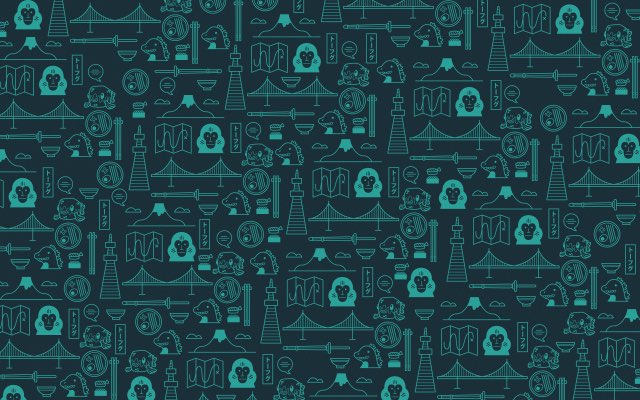I’ll be honest with you guys — math isn’t really my strong suit. I somehow managed to fake my way through 13 years of public schooling, but it was a miracle nobody ever discovered my complete inability to add two numbers together.
Fortunately though, there are people out there infinitely better than me at math. Take the site Statistics Japan, a place that gathers up data about Japan’s different prefectures and presents them in a way even a moron like me can understand.
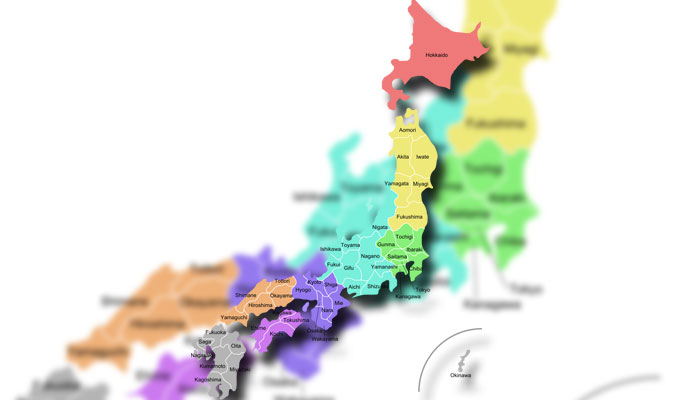
] Not only that, but it sheds some light on the differences among the Japan’s prefectures. A lot of people like to think of Japan as one homogenous entity that looks and acts the same way all the way across the country, but nothing could be farther from the truth.
Every part of the country, every prefecture in Japan has its own distinct personality that might sometimes be hard to grasp, but really shines through when you look closer.
Tokyo: Global Prefecture
Anybody can probably guess that Japan’s capital is the most worldly in the country, but it’s not always clear what the means.
Far and away, most of the foreigners living in Japan are in Tokyo prefecture. This really isn’t too surprising, since Tokyo is the biggest city in Japan.
The only caveat is the number of Americans in Tokyo prefecture. Unlike virtually every other foreigner demographic, Americans are found in the highest concentration outside Tokyo. The US military bases in Okinawa mean that you’re more likely to find Americans in Okinawa than Tokyo.
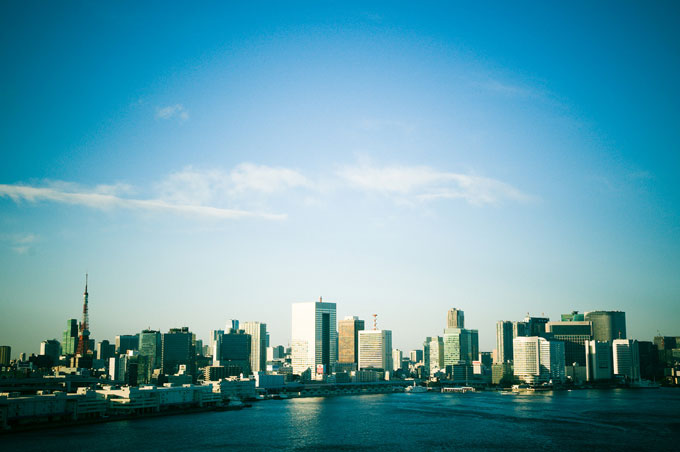
But that’s only the tip of the iceberg for Tokyo prefecture. There’s a lot more that paints the prefecture as a rich, worldly place.
One of those is, oddly enough, how many people use Facebook. In terms of social networking sites, Facebook still lags behind other services like Twitter and Mixi. But in globe-trotting Tokyo, people use Facebook at twice the rate of other parts of the country.
But Tokyo is a bit of an outlier in Japan. Most of the rest of the country acts a lot differently than the country’s capital. The more you venture out into more rural parts of Japan, the more things change.
Urban vs. Rural
Tokyo — both the city and the prefecture — is worldly and largely well-to-do. Aside from all of the stuff I talked about above, it also has the highest minimum wage in the country and lots of other markers of wealth.
But the farther away you get from major metropolitan areas like Tokyo, the more isolated and less well-off prefectures become.
Deeper into more rural parts of Japan, you see more families on welfare. Areas furthest north and south of the country, Hokkaido and Okinawa have among the most people on welfare in the country.
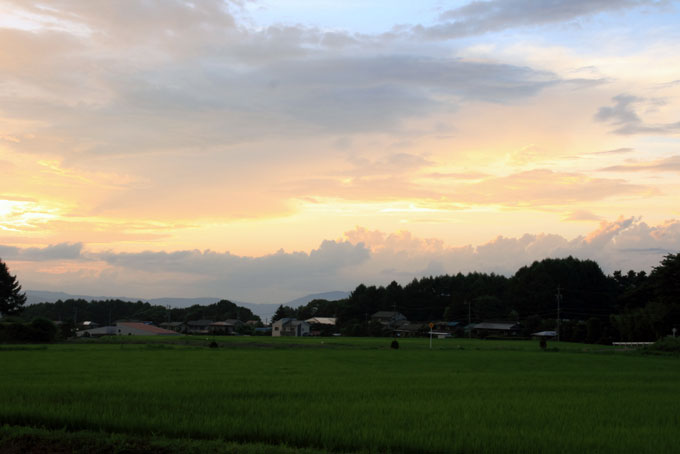
(Although, Japan’s third largest prefecture, Osaka, also has some of the most families on welfare.)
Not surprisingly, there’s a high correlation between prefectures on welfare and consumption of beer. If you’re not doing too well financially, the solution seems the same in virtually every culture — drink your problems away.
While people tend to drink beer the more they’re on welfare, other forms of alcohol tell a different story about the different prefectures.
Booze Across Japan
Just like different parts of the US are known for different types of alcohol — bourbon’s from Kentucky, you’ll find more tequila around the southern border, and Portland is known for its microbrews — so too do different parts of Japan love different forms of booze.
Take shochu for instance, a hard liquor from the southern Kyushu made out of grain. Unsurprisingly, people in Kyushu love their shochu and drink nearly twice as much of it as the rest of the country.
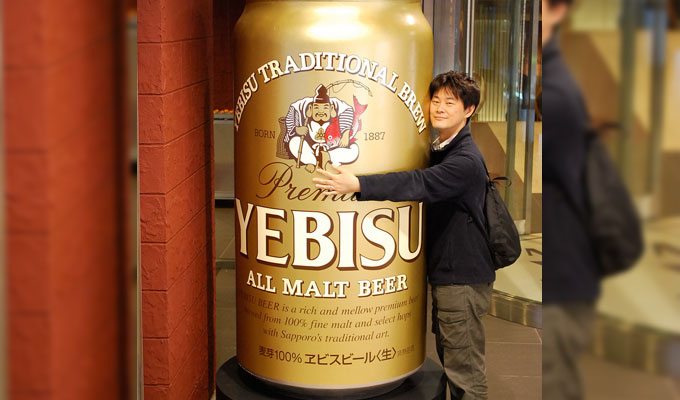
And of course Tokyo, being the unique little snowflake it is, has to buck the trends of the rest of the country. Tokyo prefecture consumes more wine than the rest of the country — 64,253,000 liters or 16,970,000 gallons of the stuff a year, roughly the equivalent of 26 Olympic-sized swimming pools. That’s a lot of grapes!
Aside from the concrete, objective statistics, there are a few interesting, subjective statistics too.
Hokkaido is Full of Commies
One of those subjective measurements is also one of the most controversial: what’s the most beautiful part of Japan?
The Brand Research Institute has supposedly solved this question once and for all: according to its poll the most attractive place in all of Japan isn’t the temples of Kyoto or the splendor of Nara — but Hokkaido.
Even though Hokkaido gets the short end of the stick in some regards — it relies a lot on welfare, its minimum wage is nearly ¥100 less than Tokyo’s — it still gets bragging rights as the most attractive part of the country.
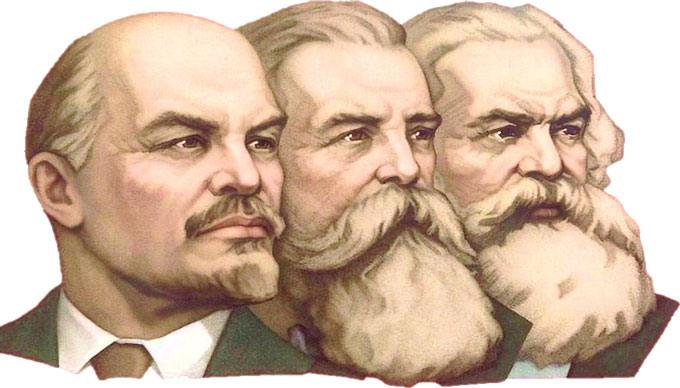
Oddly, according to Statistics Japan, the more beautiful an area is in Japan, the more likely it is to vote for the Japanese Communist Party. Why? It’s kind of unclear. “Beautiful” seems to mean rural, and of course, people in rural parts of the country versus urban parts have different political concerns.
Or it could just be because Hokkaido is the closest part of Japan to Russia. Who knows?
